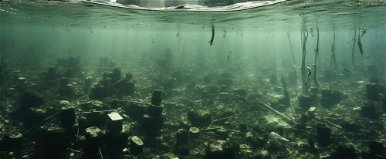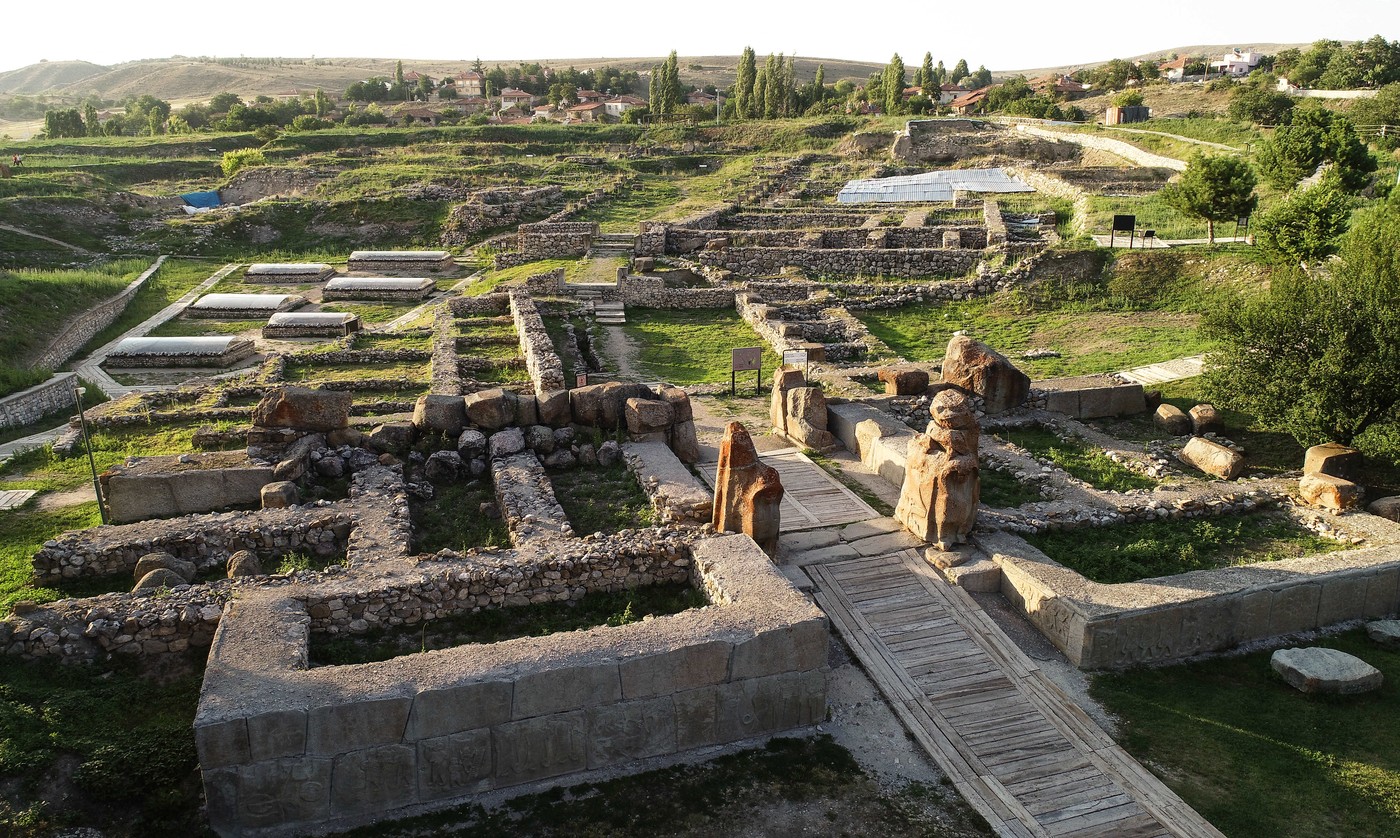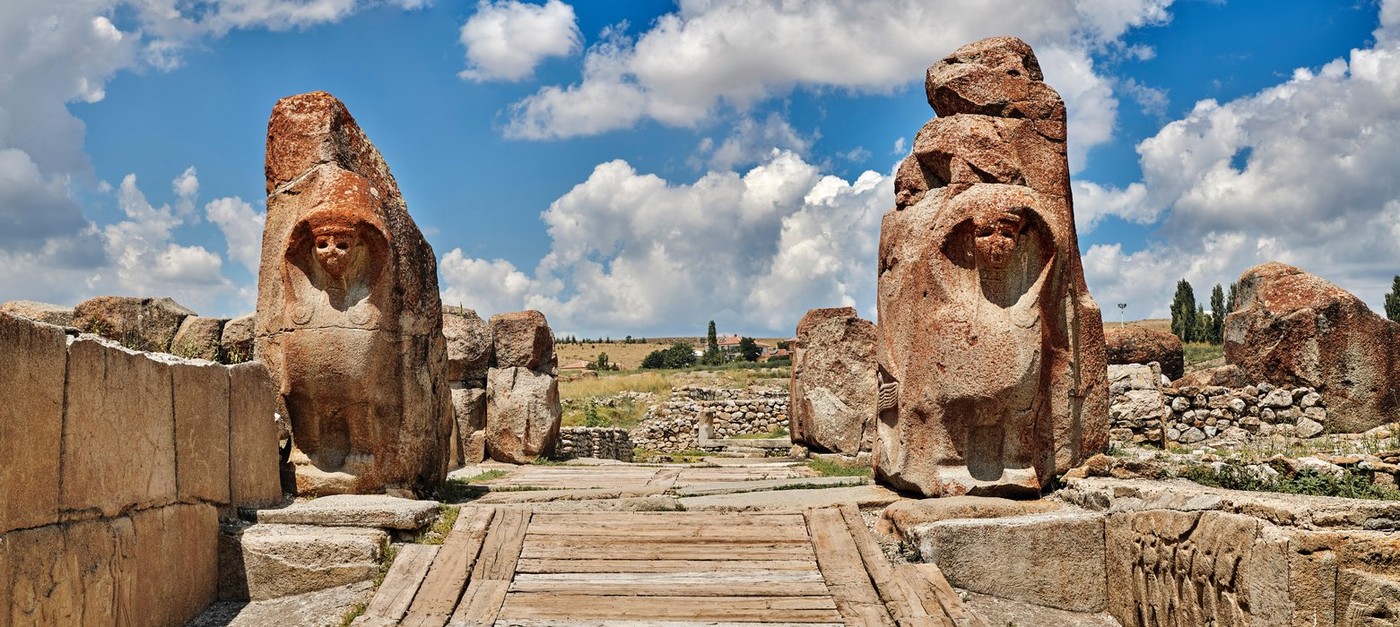The stone, known locally as the “Wish Stone”, was found among the remains of the Hittite Empire, which settled in the region around 2000 BC and became one of the dominant powers in the Middle East by 1340 BC. CapitalHattusa likely housed between 40,000 and 50,000 people at the height of its civilization and included numerous temples, royal residences and fortifications before it was gradually abandoned over several decades around 1200 BC.
Many of these structures (Although not in very good condition) It has survived to this day, including the large temple and the mysterious piece of jade inside. Unfortunately, they have left us with little evidence about the original purpose of the stone.

Even the Romans could not solve the greatest mystery of the Roman Empire, but rather raised a divine cult around mystical formation
Read more…
Read more…
“The green stone is very different from the other stones found at the archaeological site, which is why it attracts so much attention.”
– Archaeologist Andreas Schachner told Anadolu Agency in 2019.
“This stone is serpentinite or nephrite (jade). This is the type of stone that can be found in the area. It is not a special stone, but it is remarkable that it has survived so uniformly.”
There were such suggestionsAlthough the stone may have had religious significance, it may have played a role in the cults spread throughout the Hittite Empire, as seen in the nearby settlement of Alaca Höyük.

An ancient Greek temple sunken deep in Egypt's seas has been discovered, and scientists have brought amazing objects to the surface
Read more…
Read more…
“Alaca Höyük appears to have become an important cult center during the later period of the Hittite Empire.”
– writes archaeologist Damian Stone The Hittites: Lost Civilizations in his book, adding that ancient Hittite records indicate that the site may have been dedicated to the sun goddess.
“No inscription identifying its ancient name has yet been found, but the most likely candidate is Arena, the city of the sun gods.”
Similar stones However, it was not found Although nephrite is abundant in the area, this suggests that the rock may not have been of great importance. Its ultimate purpose remains unknown and it may have simply served as a pedestal for a statue. Unless significant finds are made at the site or elsewhere in the area, we will likely never know its true purpose. In the video below, you can learn countless interesting facts about the huge stone that looks really impressive:
source: iFLScience














































